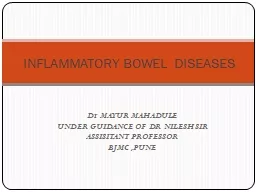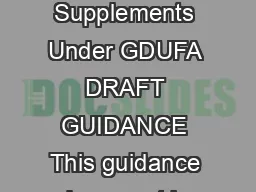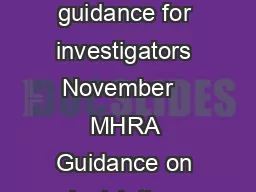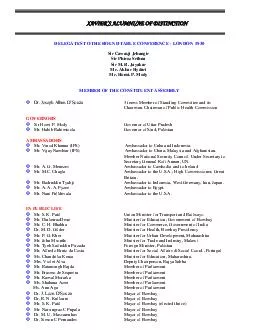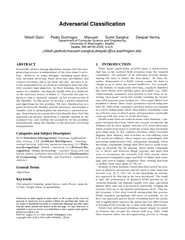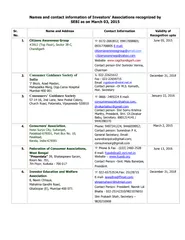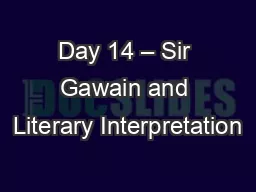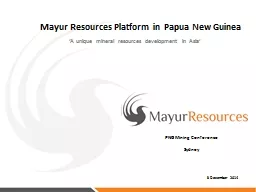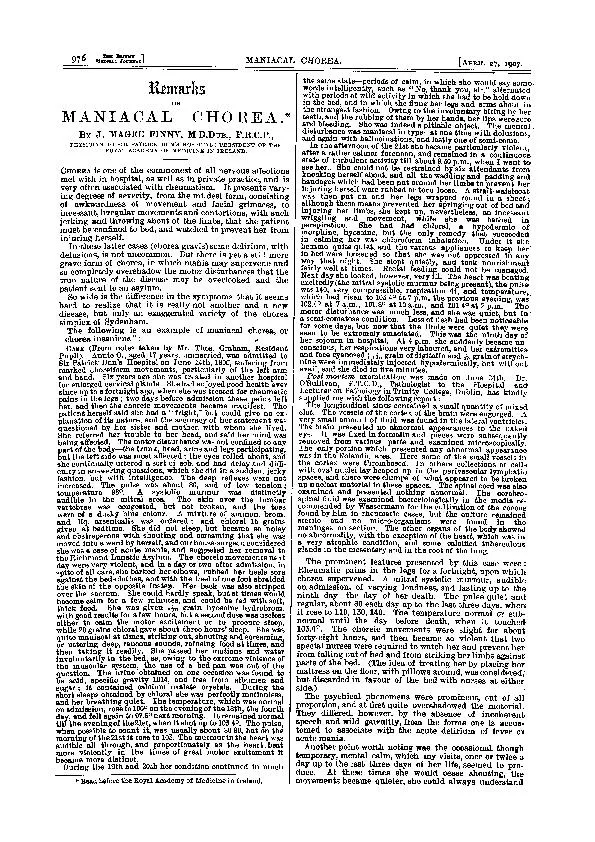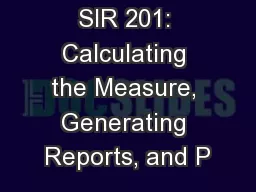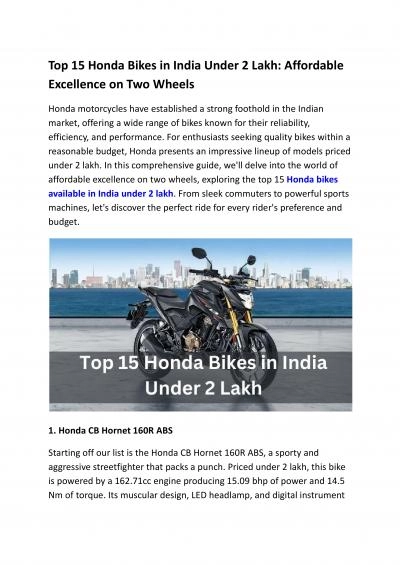PPT-Dr MAYUR MAHADULE UNDER GUIDANCE OF DR NILESH SIR
Author : trish-goza | Published Date : 2019-06-22
ASSISITANT PROFESSOR BJMC PUNE INFLAMMATORY BOWEL DISEASES Infammatory bowel disease A group of disorder characterised by intestinal inflammation extra intestinal
Presentation Embed Code
Download Presentation
Download Presentation The PPT/PDF document "Dr MAYUR MAHADULE UNDER GUIDANCE OF DR..." is the property of its rightful owner. Permission is granted to download and print the materials on this website for personal, non-commercial use only, and to display it on your personal computer provided you do not modify the materials and that you retain all copyright notices contained in the materials. By downloading content from our website, you accept the terms of this agreement.
Dr MAYUR MAHADULE UNDER GUIDANCE OF DR NILESH SIR: Transcript
Download Rules Of Document
"Dr MAYUR MAHADULE UNDER GUIDANCE OF DR NILESH SIR"The content belongs to its owner. You may download and print it for personal use, without modification, and keep all copyright notices. By downloading, you agree to these terms.
Related Documents

